Dubai welcomes the Museum of the Future
Killa Design and the Dubai Future Foundation launch the Museum of the Future in Dubai, which opens its doors to the public today (22 February 2022)
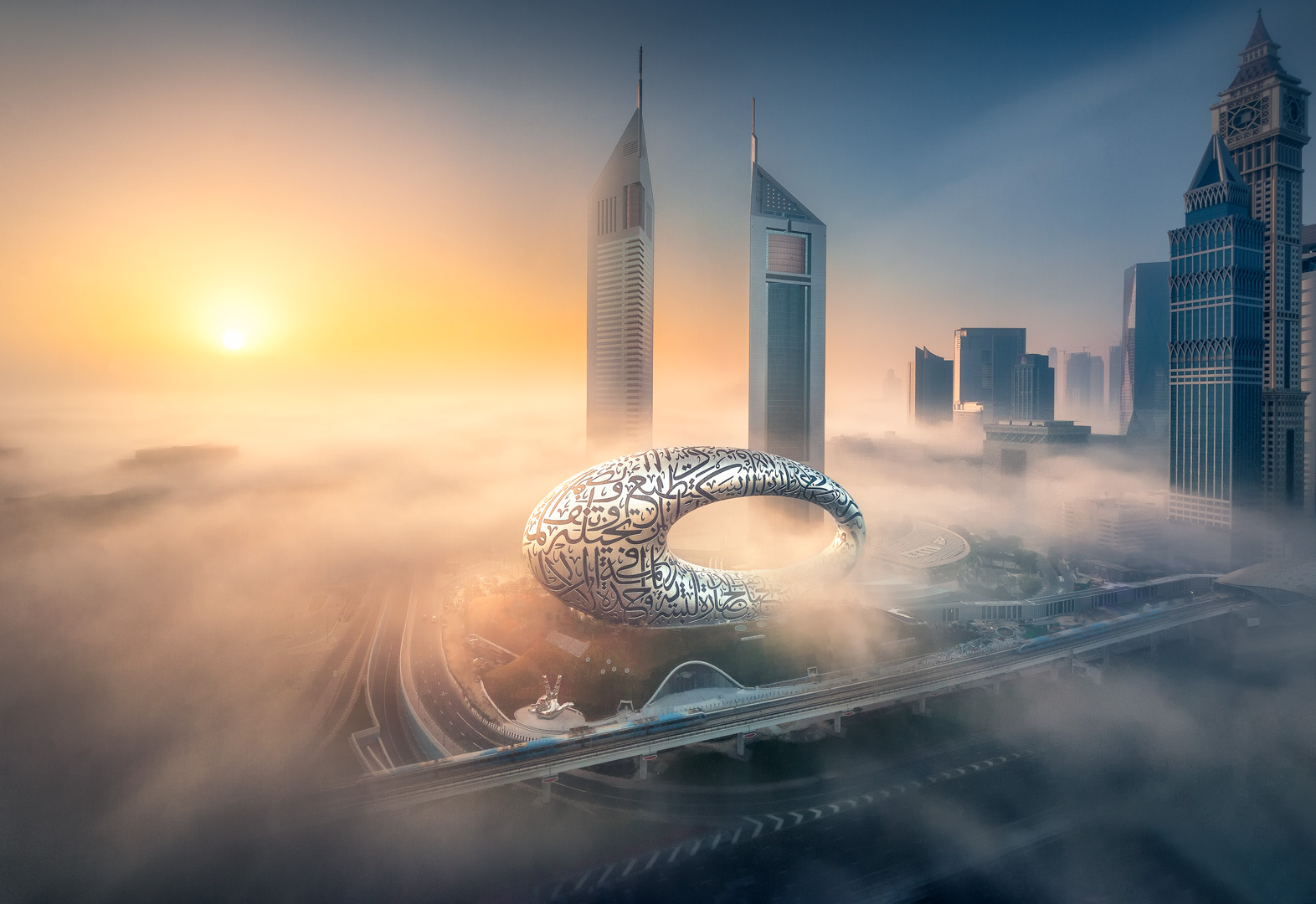
Looking at it peeking through the Dubai skyline, it feels clear that the Museum of the Future was not designed to be subtle; rather, it was designed to celebrate and shout about human achievement and the innovation that guides humankind into the future. Housed in a suitably eye-catching building, rounded, gleaming and adorned with Arabic calligraphic inscriptions, this new cultural destination in the UAE turns the idea of a museum on its head. Instead of being a home for historical artefacts, it is an experimental space, hailed as a hub to inspire the future of humanity. The brainchild of the Dubai Future Foundation and architect Shaun Killa of Killa Design, the project will house a permanent exhibition of human technology and creative thinking; and it opens its doors to the public today (22 February 2022).
The building was conceived by Killa ‘as an architectural and cultural icon’, and it's true that its striking, shimmering volume is as memorable as it is dramatic. The architect composed its flowing form using computer-aided design, harnessing state-of-the-art technology in volume shaping and futuristic visions of architecture to achieve his goal. The result is an impressive 77m high, seven-storey toroidal structure built without using a single column.
Museum of the Future
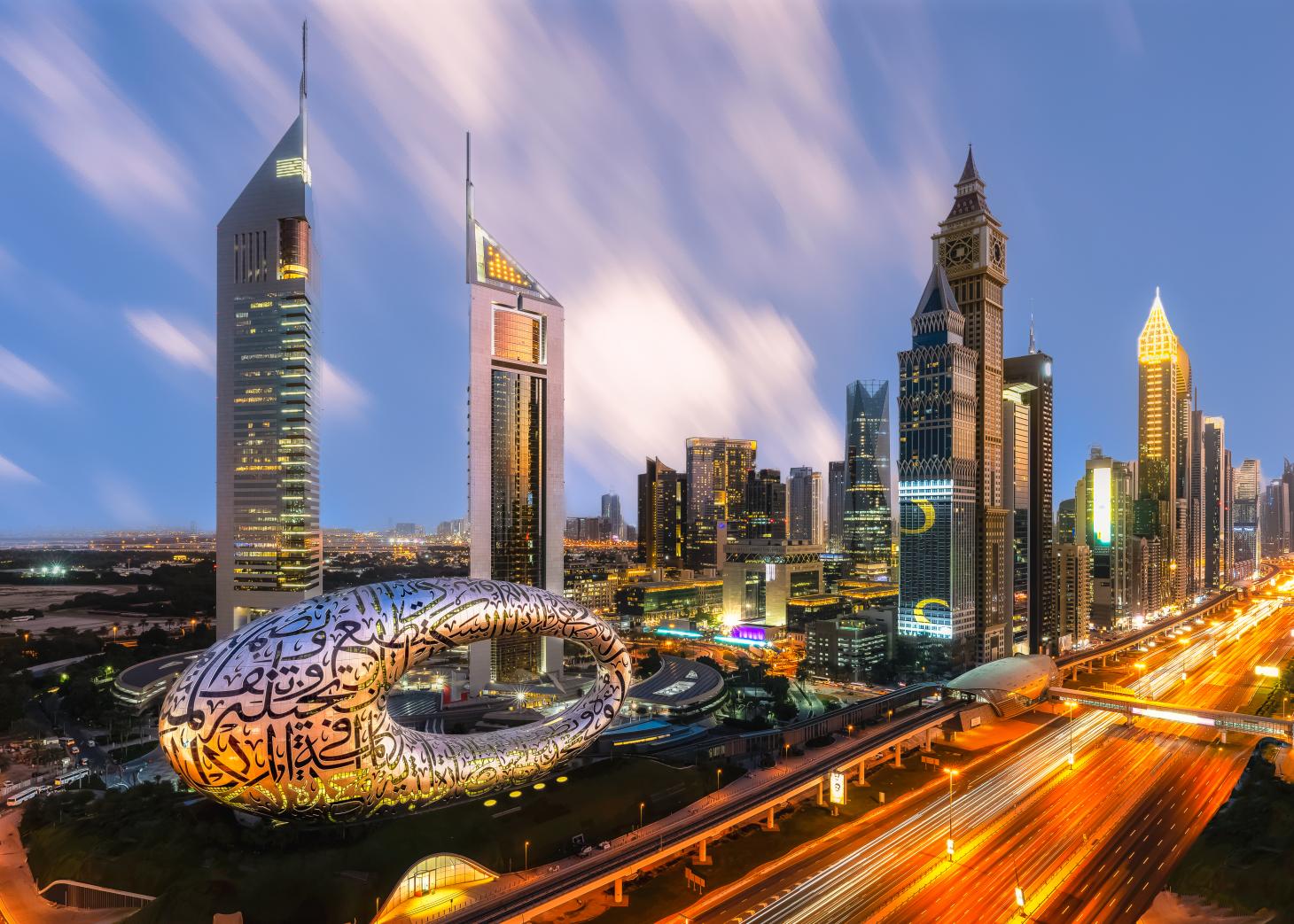
The glistening structure is clad in stainless steel panels manufactured by robots that produced the pattern that makes up its skin – lines of Arabic calligraphy representing three quotes on the future by His Highness Sheikh Mohammed bin Rashid Al Maktoum, vice president and prime minister of the UAE and ruler of Dubai. These say: ‘We may not live for hundreds of years, but the products of our creativity can leave a legacy long after we are gone’; ‘The future belongs to those who can imagine it, design it, and execute it. It isn’t something you await, but rather create'; and ‘Innovation is not an intellectual luxury. It is the secret behind the evolution and rejuvenation of nations and peoples’.
Made using technologically advanced building methods, the Museum of the Future also employs modern sustainable architecture strategies, such as solar power (the structure is powered through its own dedicated solar park). Inside, a multipurpose hall sits at the core of the building, surrounded by further spaces including a lecture hall, innovation laboratories for health, education, smart cities, energy and transportation, and permanent exhibition areas.
‘The Museum of the Future is a “living museum”, constantly adapting and metamorphosing as its very environment drives continual and iterative change to its exhibits and attractions,’ says Mohammed Al Gergawi, UAE minister for cabinet affairs and chairman of the Dubai Future Foundation. ‘The museum brings together futurists, thinkers, innovators and the public in a testbed of ideas that define the world of the future and shape the way we interact with our world to come.’


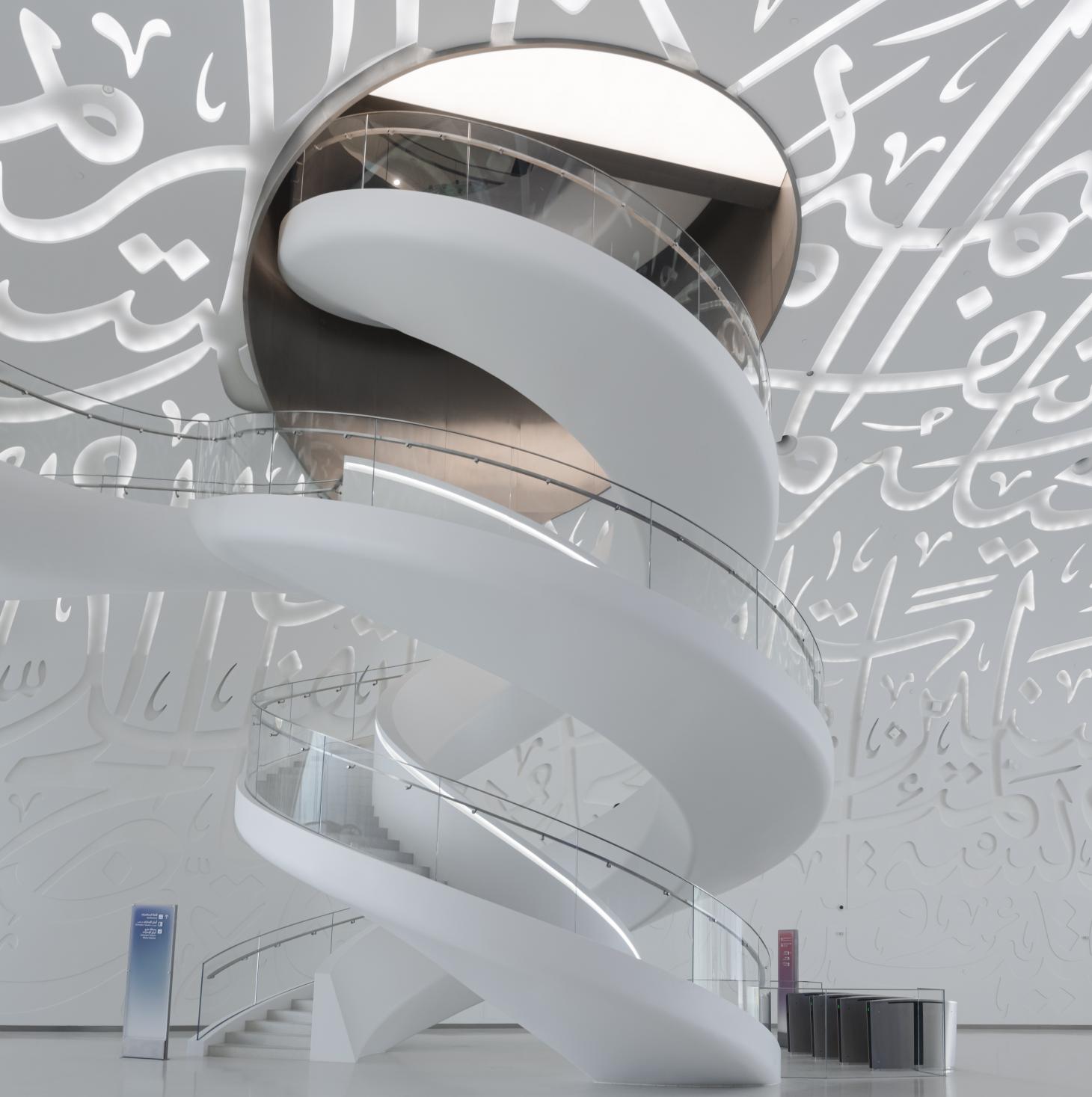
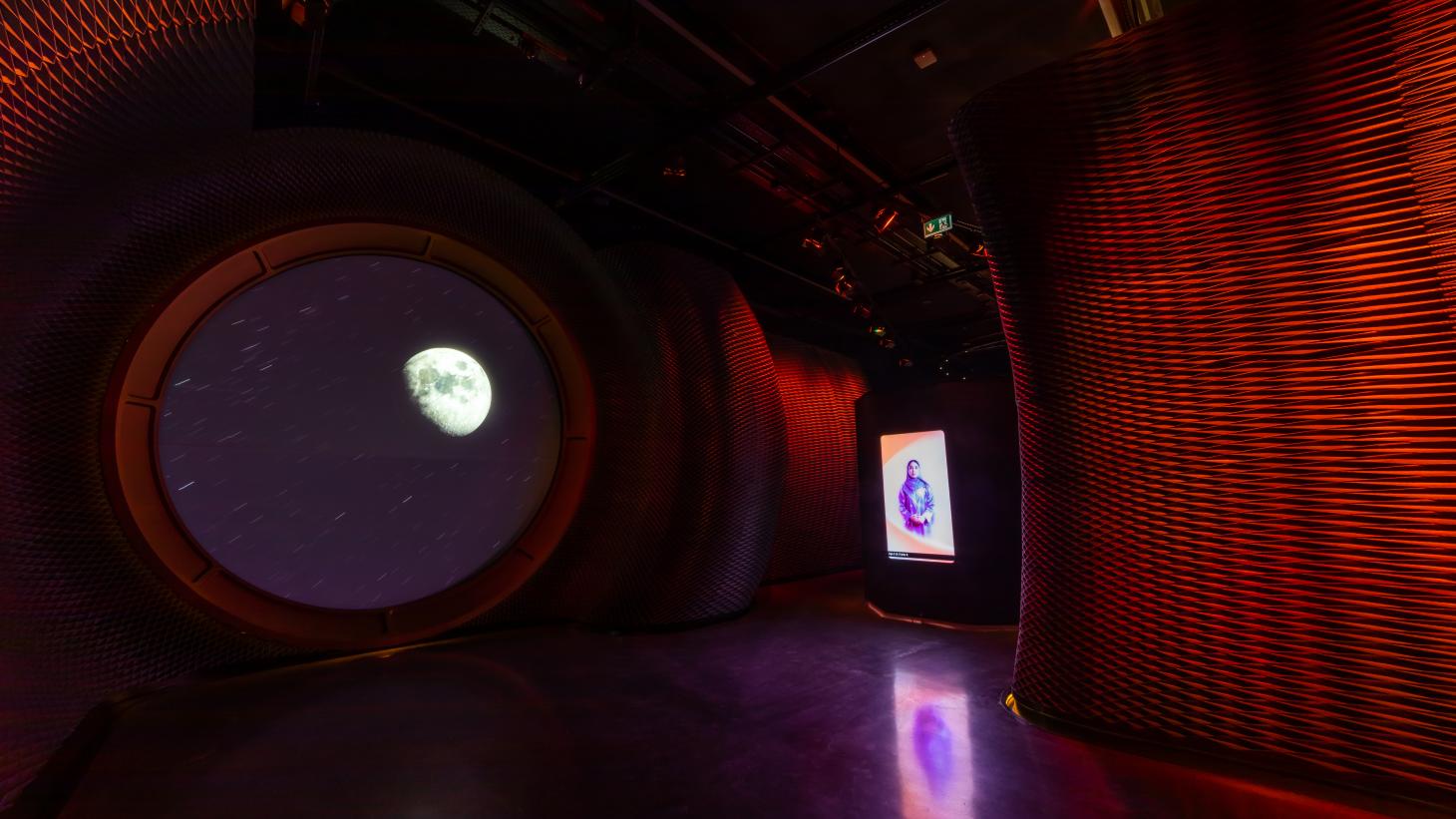
INFORMATION
Receive our daily digest of inspiration, escapism and design stories from around the world direct to your inbox.
Ellie Stathaki is the Architecture & Environment Director at Wallpaper*. She trained as an architect at the Aristotle University of Thessaloniki in Greece and studied architectural history at the Bartlett in London. Now an established journalist, she has been a member of the Wallpaper* team since 2006, visiting buildings across the globe and interviewing leading architects such as Tadao Ando and Rem Koolhaas. Ellie has also taken part in judging panels, moderated events, curated shows and contributed in books, such as The Contemporary House (Thames & Hudson, 2018), Glenn Sestig Architecture Diary (2020) and House London (2022).
-
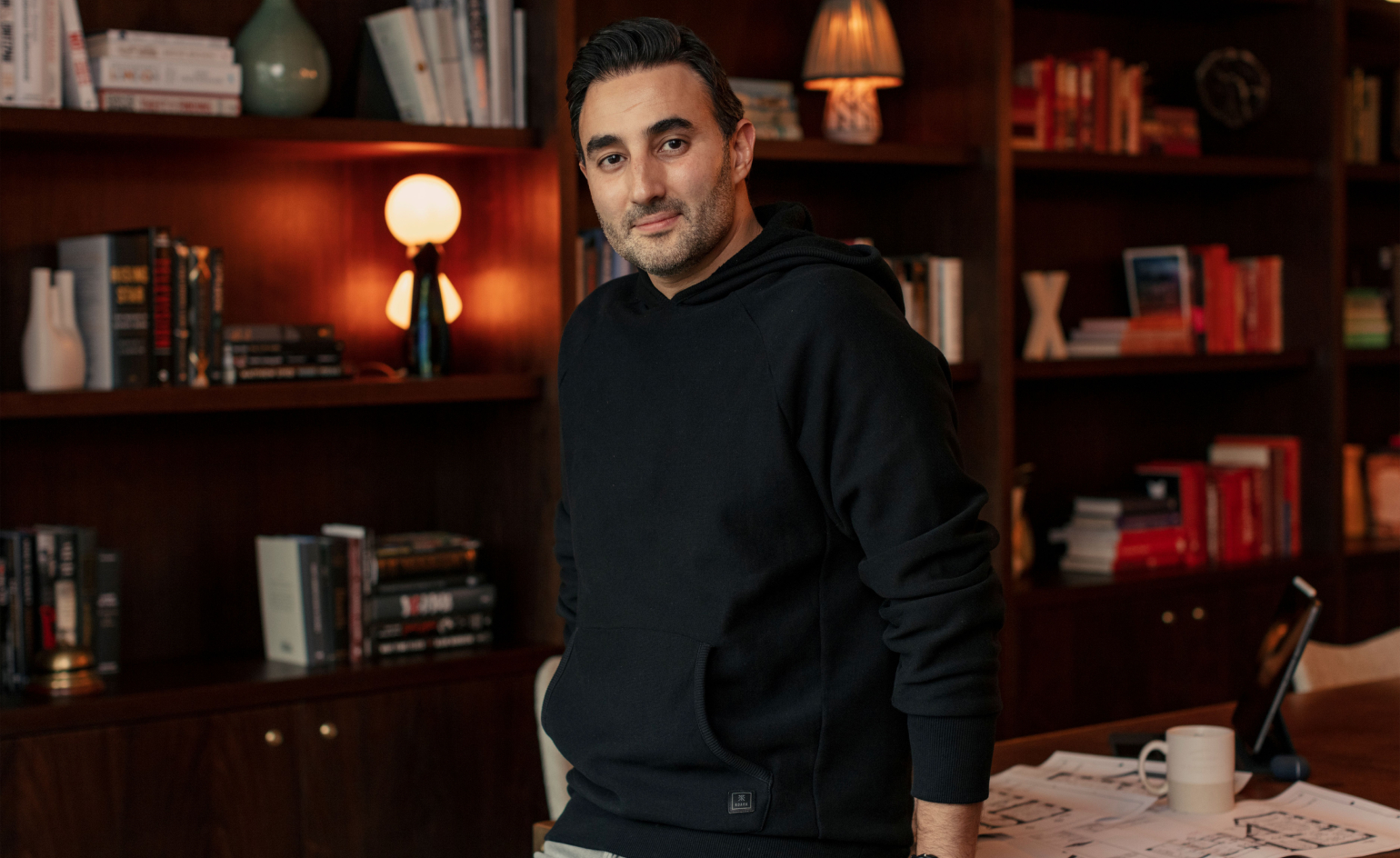 Wallpaper* Design Awards: why Sharan Pasricha is 2026’s Best Host
Wallpaper* Design Awards: why Sharan Pasricha is 2026’s Best HostWe salute the Indian-born, London-based hospitality entrepreneur who can’t stop thinking about ways to upgrade how we live, work and connect
-
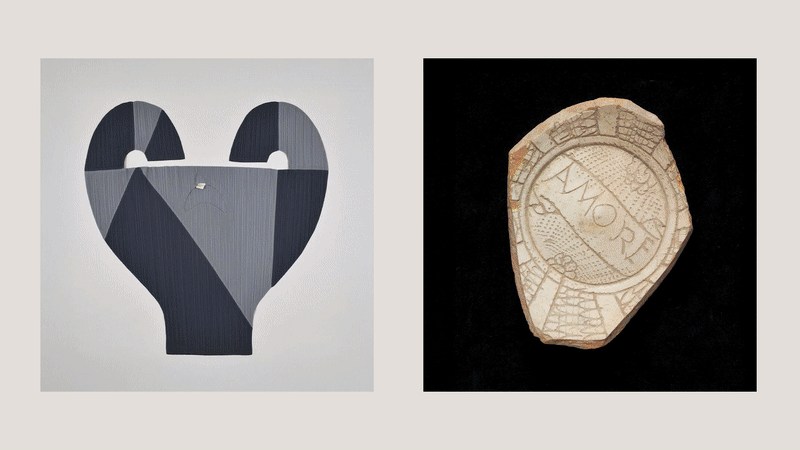 Wallpaper* Design Awards: London’s V&A East Storehouse is Launch of the Year 2026
Wallpaper* Design Awards: London’s V&A East Storehouse is Launch of the Year 2026Designed by Diller Scofidio + Renfro, the V&A family’s latest outpost turns the museum concept on its head, offering a revolutionary peek into the daily life of the institution’s Wunderkammer of a collection
-
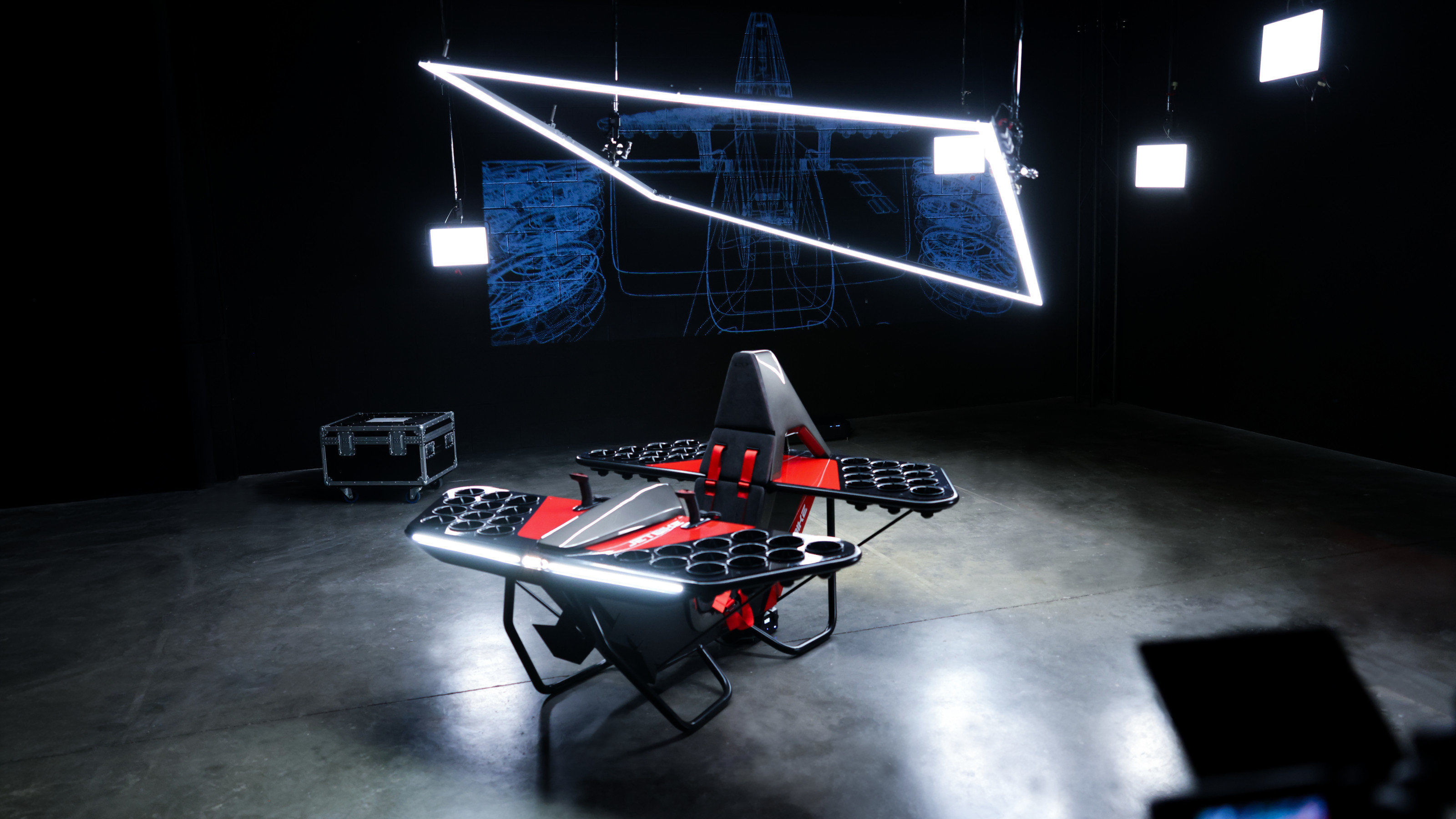 From jet bikes to electric speedsters, the CES debuts that might just fly
From jet bikes to electric speedsters, the CES debuts that might just flyCES 2026 brought new releases in the world of mobility tech, including a host of automotive AI innovations. We’ve rounded up the show's key debuts
-
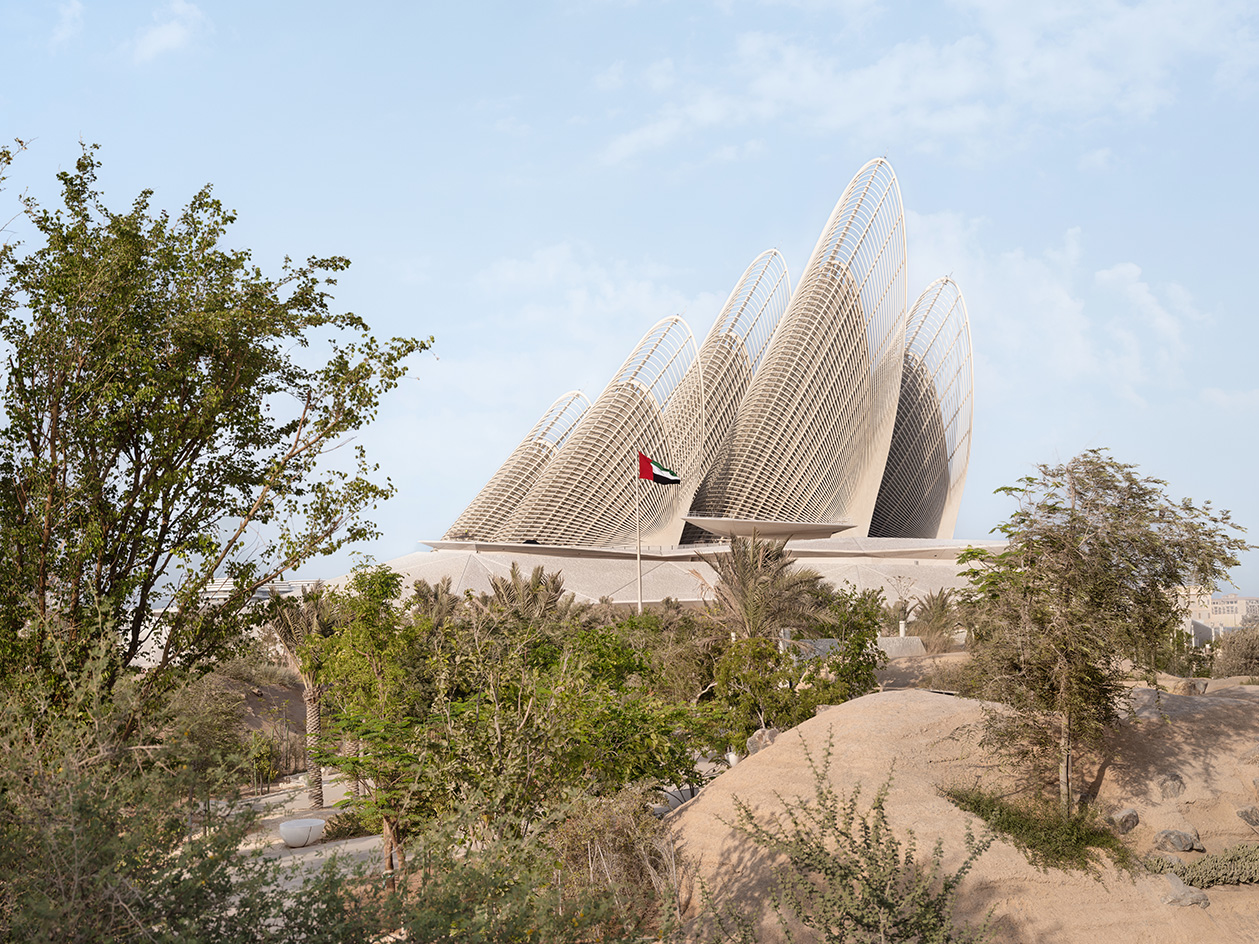 Zayed National Museum opens as a falcon-winged beacon in Abu Dhabi
Zayed National Museum opens as a falcon-winged beacon in Abu DhabiFoster + Partners’ Zayed National Museum opens on the UAE’s 54th anniversary, paying tribute to the country's founder and its past, present and evolving future
-
 RIBA launches new awards – and for the first winners, we look to the Middle East
RIBA launches new awards – and for the first winners, we look to the Middle EastThe RIBA Middle East Award winners are announced today. The first of the organisation's two new territory awards series honours a women-only mosque, a luxury hotel, a city park and more
-
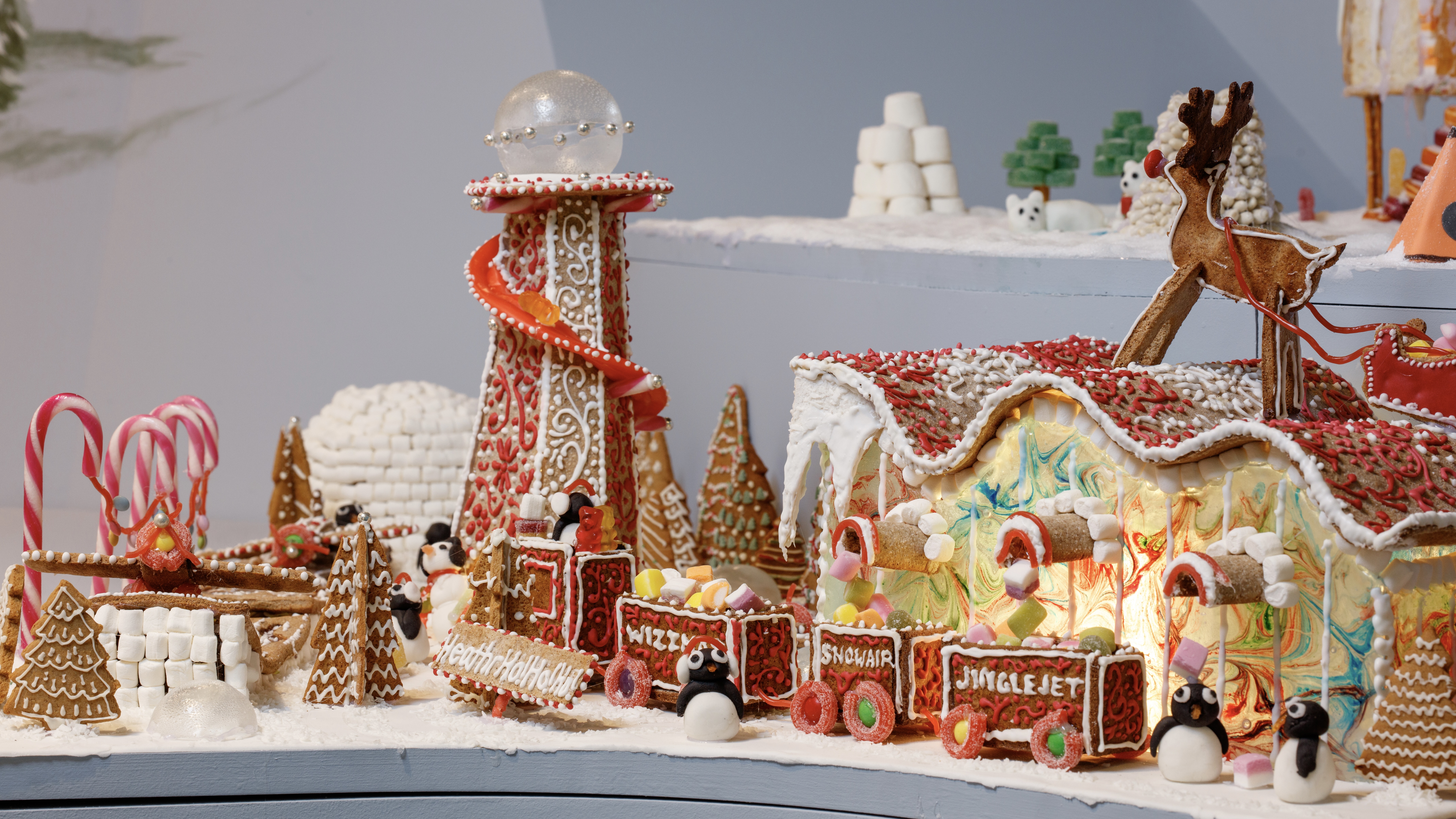 Welcome to The Gingerbread City – a baked metropolis exploring the idea of urban ‘play’
Welcome to The Gingerbread City – a baked metropolis exploring the idea of urban ‘play’The Museum of Architecture’s annual exhibition challenges professionals to construct an imaginary, interactive city entirely out of gingerbread
-
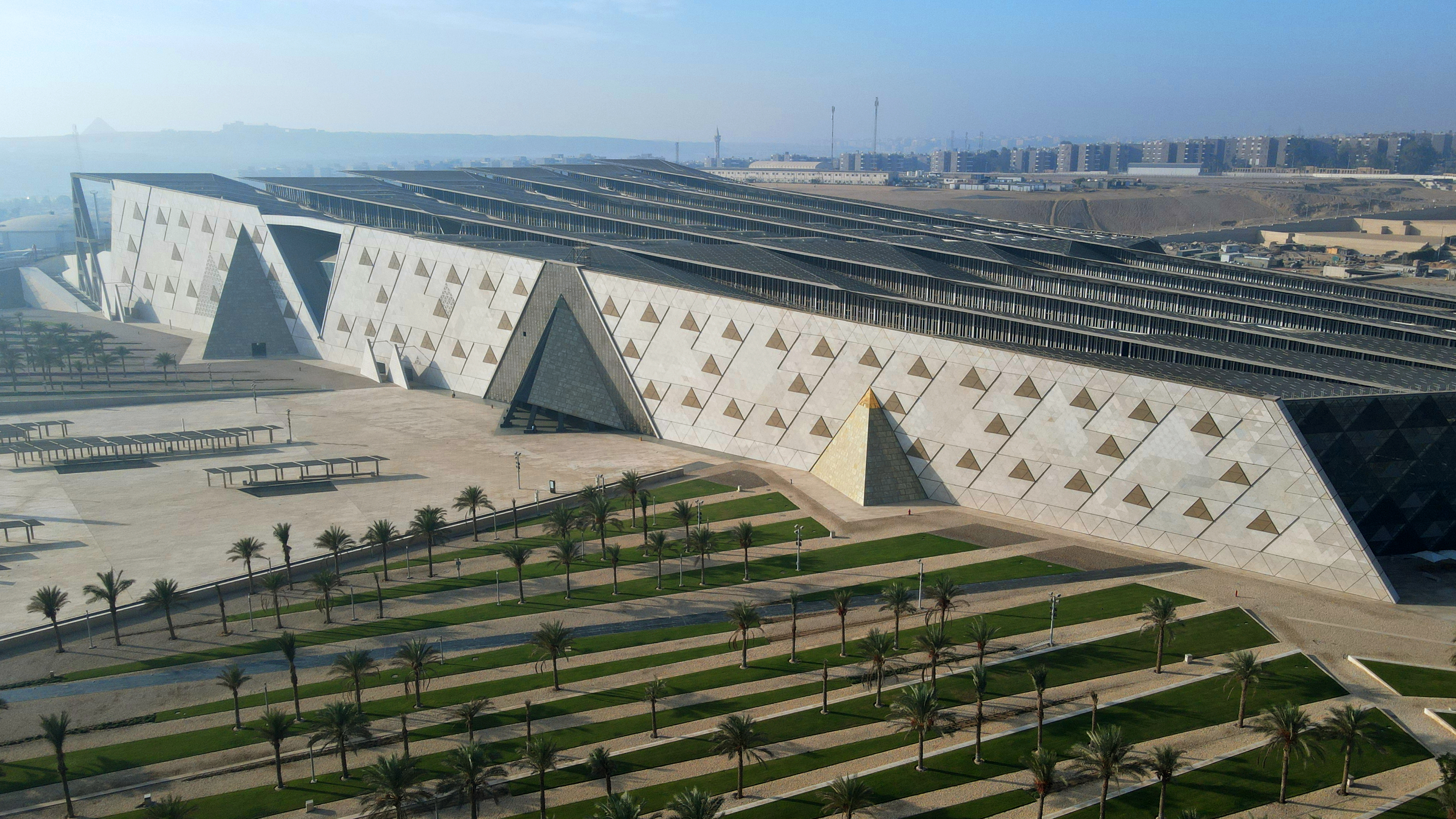 The Grand Egyptian Museum – a monumental tribute to one of humanity’s most captivating civilisations – is now complete
The Grand Egyptian Museum – a monumental tribute to one of humanity’s most captivating civilisations – is now completeDesigned by Heneghan Peng Architects, the museum stands as an architectural link between past and present on the timeless sands of Giza
-
 Oystra is ZHA’s sculptural vision for living in the United Arab Emirates
Oystra is ZHA’s sculptural vision for living in the United Arab EmiratesMeet the team translating ZHA’s bold concept for the new development into ‘a community elevated by architecture’ – Dewan Architects + Engineers and developer Richmind
-
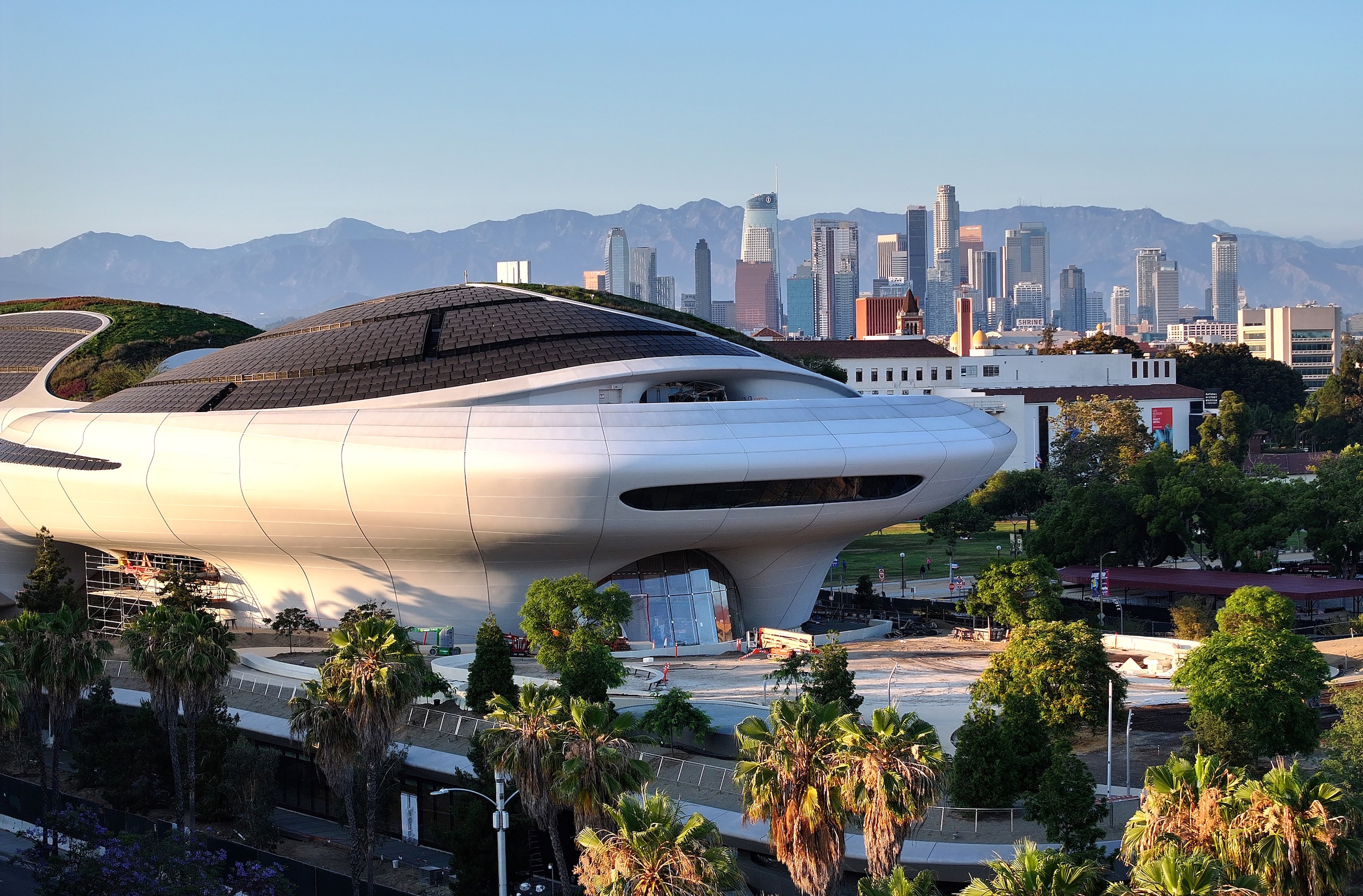 George Lucas’ otherworldly Los Angeles museum is almost finished. Here’s a sneak peek
George Lucas’ otherworldly Los Angeles museum is almost finished. Here’s a sneak peekArchitect Ma Yansong walks us through the design of the $1 billion Lucas Museum of Narrative Art, set to open early next year
-
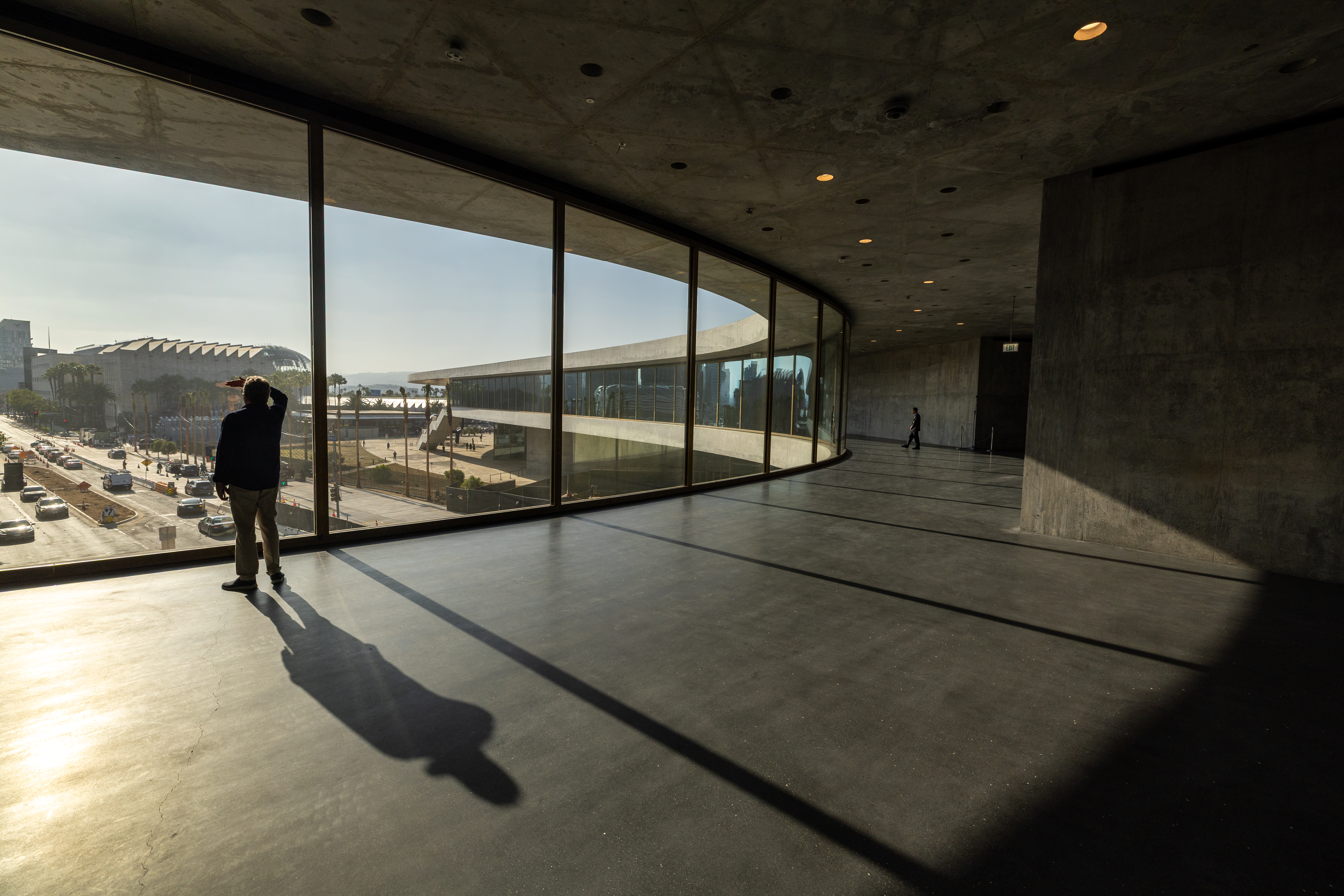 The great American museum boom
The great American museum boomNine of the world’s top ten most expensive, recently announced cultural projects are in the US. What is driving this investment, and is this statistic sustainable?
-
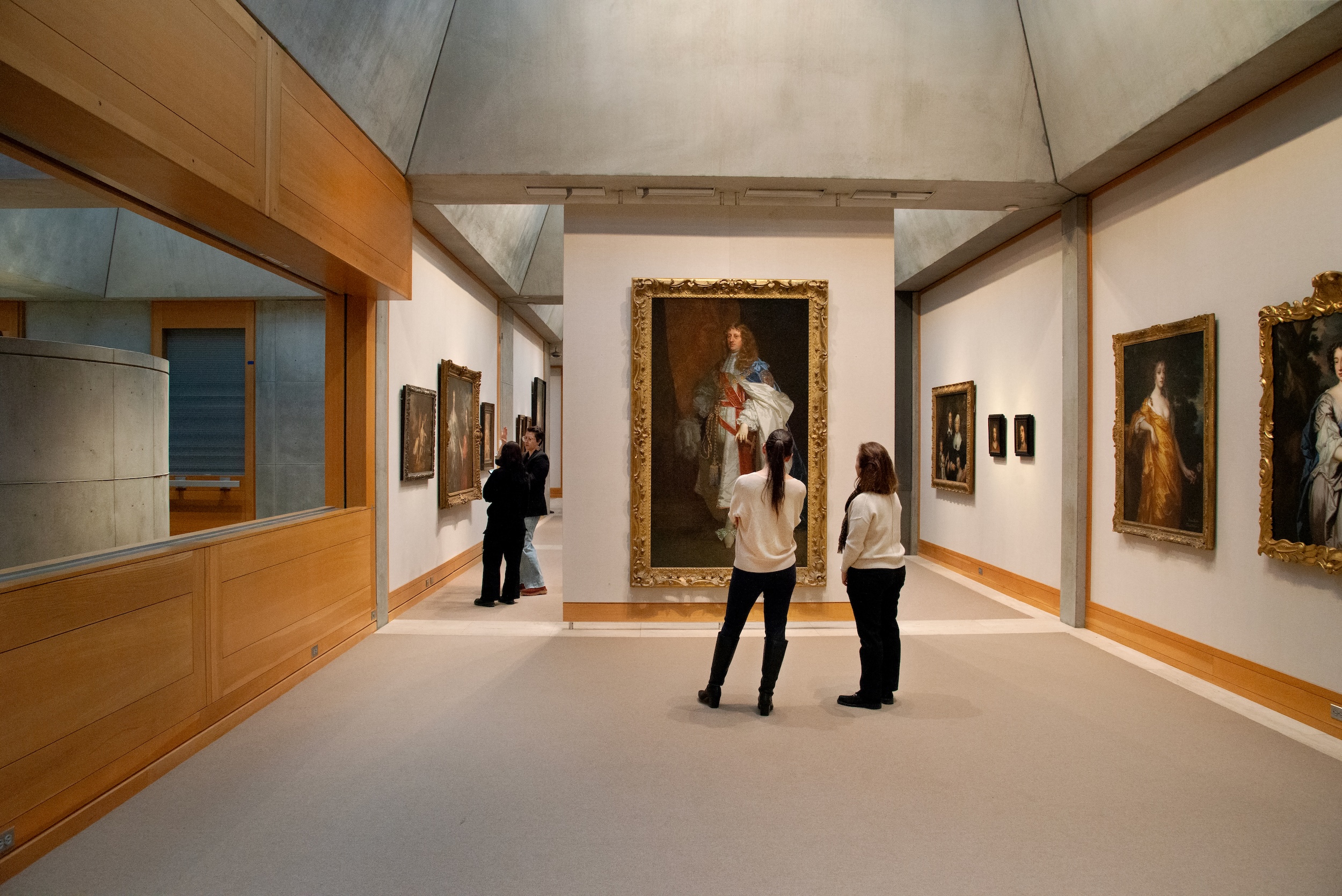 The Yale Center for British Art, Louis Kahn’s final project, glows anew after a two-year closure
The Yale Center for British Art, Louis Kahn’s final project, glows anew after a two-year closureAfter years of restoration, a modernist jewel and a treasure trove of British artwork can be seen in a whole new light